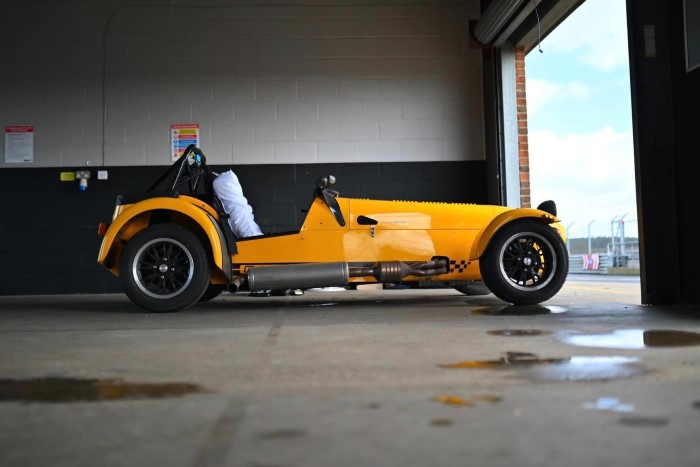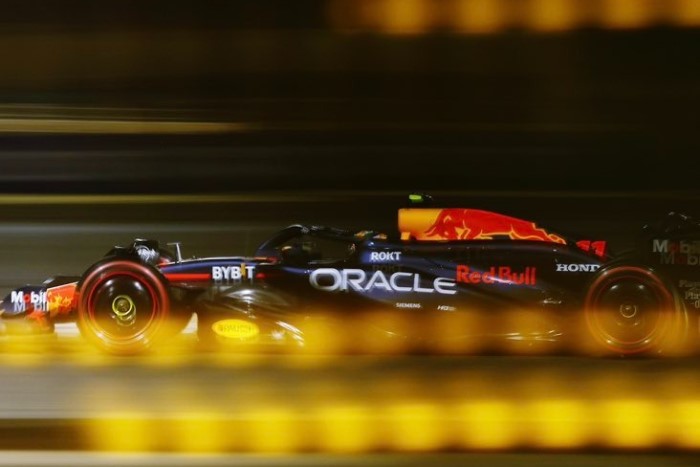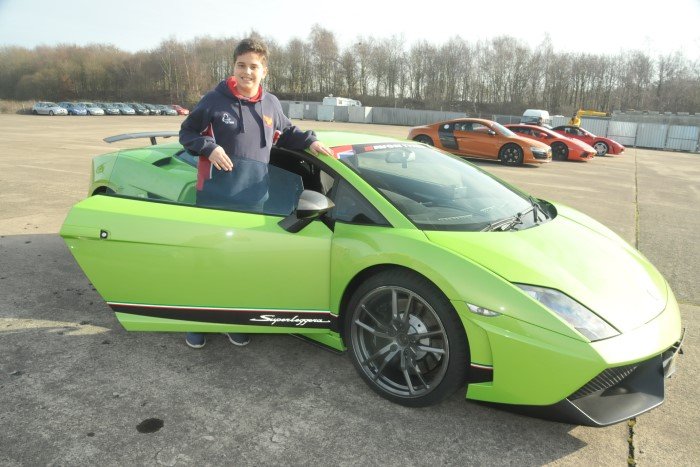As the New Year kicks in, gym-goers flood fitness centres with resolutions in mind. For those harbouring dreams of tearing up the racetrack, your workout routine should be more than just a treadmill sprint though.
Most sports these days require competitors to be in peak physical performance, and while most motorsport drivers are currently enjoying the off-season, we can guarantee they'll more than likely be hard at work in the gym, too.
So, what does it take to ensure your body is just as ready for the track as your motor? Grab your gym bag and join us as we look at key areas Formula 1 drivers will work on, as well as some exercises you could look into learning how to do.
Why it's Important: A race car driver's neck is the unsung hero, battling the relentless G-forces of tight turns and abrupt stops.
For example, the average Formula 1 driver can expect to regularly have to battle anything between 2 and 6g worth of pressure during a race. The neck is the pivot for the helmet, and a sturdy one ensures that a driver maintains control, preventing fatigue-induced mistakes.
Exercises: Resistance band exercises: Varying the height that the resistance band is attached to an object, you can then do a range of head tilts and twisting movements that can help strengthen the neck appropriately.
Why it's Important: Imagine hurtling through a chicane at Silverstone; the steering demands are relentless when out on the track, and your arms will be doing a lot of work controlling that steering wheel.
However, there's no need to go all Johnny Bravo, you do not want to bulk up the biceps too much – the aim is for your arms to be able to maintain precise and controlled movements over a long period of time.
Exercises: Performing various bicep and tricep-based exercises, such as preacher curls and tricep dips will be a good start. Also grabbing a weight and performing some palm-up and palm-down wrist curls will help push the forearms for ultimate steering wheel control.
Why it's Important: The core is the hub of a driver's control, especially during rapid acceleration and deceleration.
Stability and balance are key components for success on the track, and a strong core also helps protect the posture of drivers from the green light until the chequered flag.
Exercises: Planks and side planks: Establishing a solid core foundation. Medicine ball twists: Boosting rotational strength for agile movements while closely mimicking the seated position drivers will face.
Why it's Important: Strong legs are not only indispensable for effective braking and acceleration but also help to support core strength as well.
Exercises: Squats and lunges are a good start for strengthening quadriceps and hamstrings. These can be performed in conjunction or isolated, with a barbell or even kettlebells to help with variety. Don't forget calf raises or box jumps as well to help bolster ankle stability for precise pedal manipulation.
Why it's Important: Generally, racing is a marathon, and demands the same sort of robust cardiovascular requirements as well. If your body is trained so that it is not gasping for oxygen while trying to handle the track and car, then it can use more oxygen helping the brain make quick and precise decisions.
Exercises: High-Intensity Interval Training (HIIT) can be great for simulating the sporadic intensity of a race. Try mixing up with 20 seconds of hard cardiovascular work such as high knees or sprints, followed by 10 seconds of rest. Repeat this 4 times. Alternatively, cycling, rowing and swimming are also great for elevating endurance.
This isn't a one-size-fits-all guide; it's a blueprint for unleashing your racing prowess. Whether you're an aspiring racer or a fitness enthusiast, these Formula 1 inspired exercises can transform your routine, bringing you a step closer to mastering both the gym and the track. So, swap monotony for the exhilaration of a track-inspired workout and prepare to conquer the challenges that lie ahead!
TrackDays recommends that you consult a doctor before starting any new exercise programme. Take it slow and at your own pace when you start, increasing intensity as your body adapts accordingly.
Once you are feeling track ready, don't forget to head on over to our Car Track Days page to browse and book for all our upcoming own car track day events at UK and European circuits, available to purchase with our open Gift Vouchers!






